Erick's List: Trains

These days trains are everywhere, but unlike in the Lumiere brothers' days, they don't scare anyone now. They are though an essential mode of transport, especially in Russia. There are lots of great trains running around the country. Join RT Documentary's Erick Fonseca Zàrate on his fantastic trip around Russia's railways to see and learn more!
In Russia, trains are one of the most popular means of long-distance transportation. Many different types of trains, from the fast Sapsan to the luxury Golden Eagle, carry people all over the biggest country in the world.
What are the most peculiar trains in Russia?
1. Rossiya Train
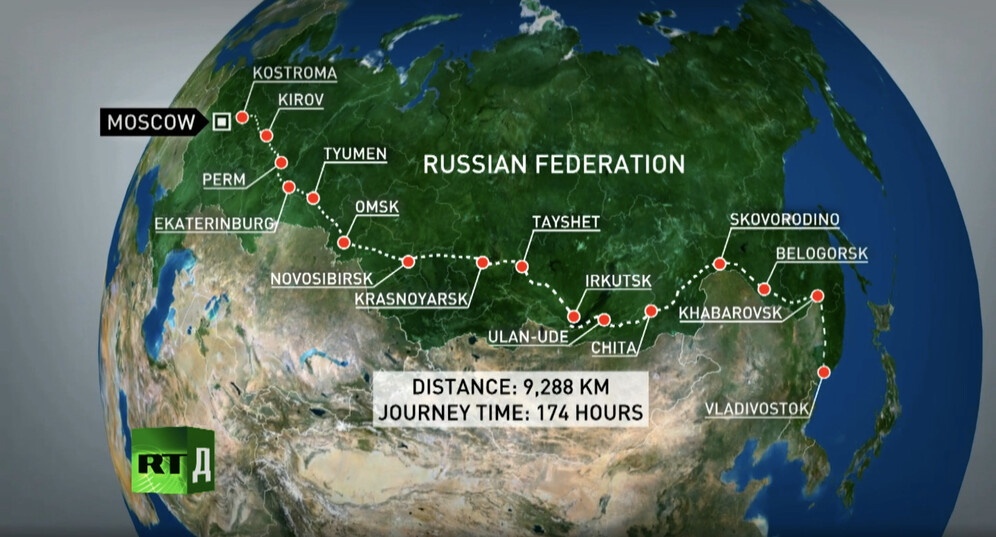
The world's longest passenger railway begins in Russia's capital. The Rossiya train crosses the country from the west to the east and back and passes through seven time zones from Moscow to Vladivostok. It goes through 19 regions and over 16 major rivers. It crosses the border between Europe and Asia over the Ural Mountains and arrives at its final destination on the Sea of Japan. It's on the move for seven days and covers more than nine thousand kilometres.
Seven days sounds like an extremely long trip! So what do passengers usually do during their journey?
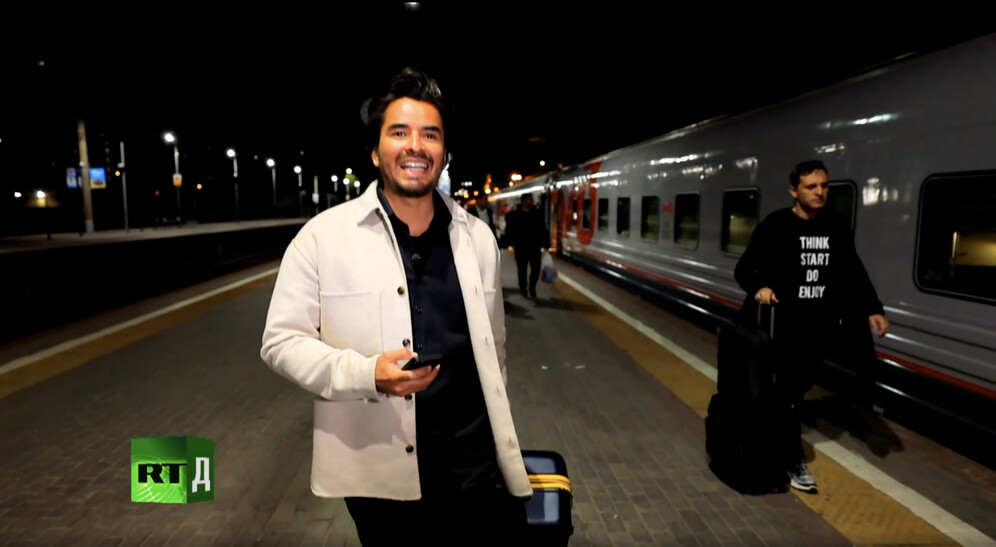
The Rossiya train departs late at night. Like most Russian trains, it has two types of carriage: sleepers and couchettes. There are 52 bunks in a couchette, in groups of six, and they aren't partitioned. All the passengers travel together, so there isn't much privacy. The sleeper carriages offer more comfort. Each compartment accommodates up to four people with a closed door separating them from other travellers. The train has a spacious compartment for disabled passengers. There's also a dining car, an ironing room, a compartment with a refrigerator and microwave, as well as USB outlets and vending machines selling soft drinks and snacks.
2. Sapsan
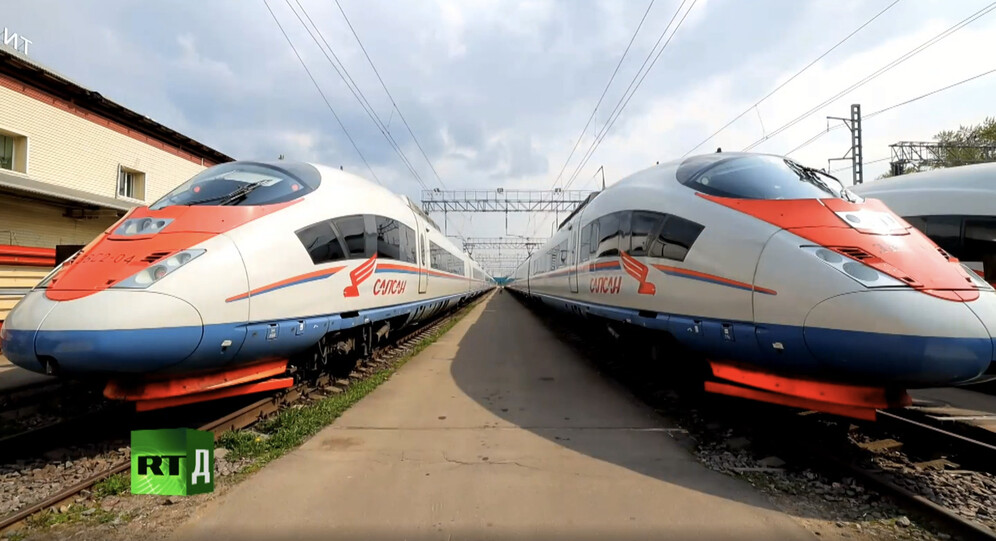
The St. Petersburg-Moscow railway is one of the busiest in Russia. By rail, the two cities are 650 kilometres apart. In the 19th century, back in Pushkin's day, it took a week to cover that distance by horse-drawn carriage. The first rail service linking the two cities began in 1851, and that trip took 20 hours. Now, it takes less than four to get from Moscow to St. Petersburg, thanks to the latest high-speed Sapsan train.
This high-speed train was built in Germany, especially for Russia's railways, where the climate and track layout are very different. After all, Russia's rail gauge is almost 10 cm wider than in most other countries.
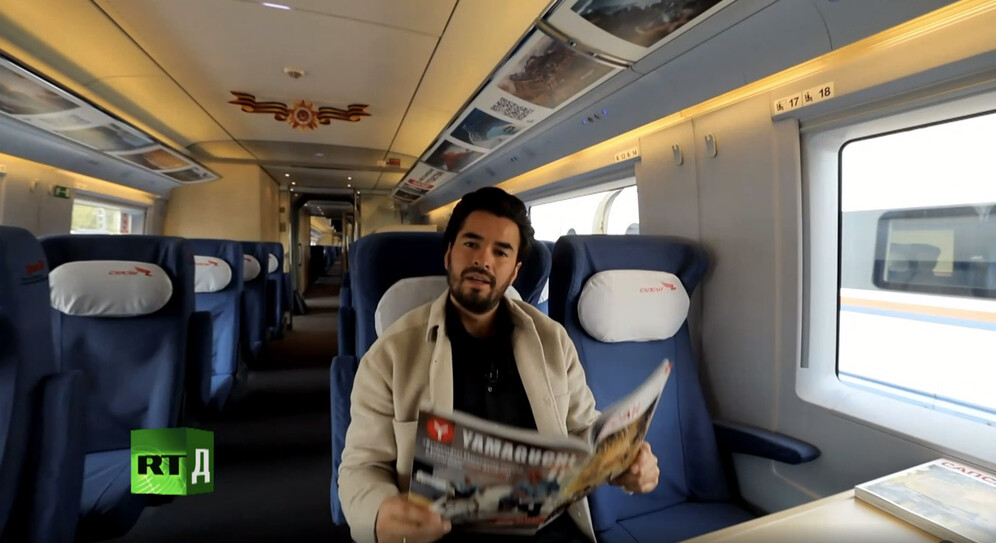
Sapsan trains compare very favourably with planes, and of course, many people chose the Sapsan. After all, it departs from the centre of Moscow and arrives right in the centre of Saint Petersburg. Plus, many are afraid of flying. And it's much more comfortable than a plane. So, travelling to St.Petersburg, it's the best option.
Gennady Vorkachyov from the Directorate of High-Speed Communication at the Russian Railways company told RT Documentary that the plan is to speed up the trains and cut the Moscow - St. Petersburg travel time down to two hours. It would be great if a train like that ran across Russia - even at the current speed of 250 km/h, the trip to Vladivostok would take just two days!
3. "Elektrichkas"
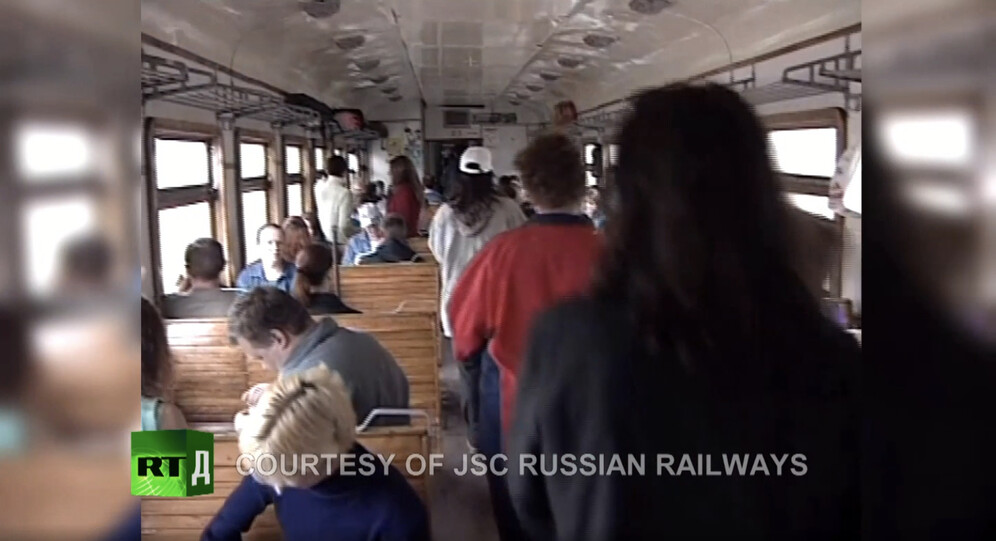
In Russia, commuter trains linking major cities and smaller towns are affectionately known as "elektrichka". On weekdays, millions of people all around Moscow who work in the capital use them to get to work. But at weekends, many Muscovites use the elektrichka service to go to their dacha.
Getting places by elektrichka is often faster than a car. After all, there are no traffic jams, and you always know exactly what time you'll get there.
Commuter trains have long been very popular in Russia. The first started running in 1929, but their golden age was in the 1950s. That was when the interior design for commuter trains was approved and didn't change for several decades. In those days, commuter trains looked much more basic than they do now. And for almost half a century, they had wooden benches.

People used to say trains in Russia were ugly, but now that's changed, and they compare favourably to European railways. These days, the service is pretty advanced. So, I think that's an appropriate comparison.
4. Golden Eagle
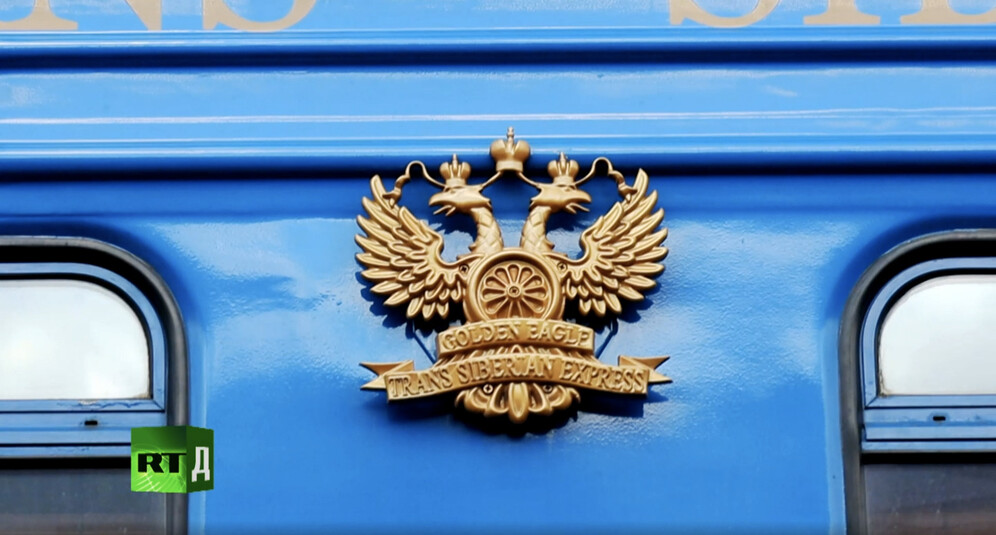
The Golden Eagle is the most expensive train in Russia and one of the most expensive in the world. It runs on several routes, Moscow – Vladivostok being the most popular. A journey on this train starts at about $18,000 and goes up to $34,000. With lavish compartments, expensive food, and excursions offered at every stop along the way– it's just like being on a great cruise ship.
Tourists book several months in advance to take this train. Customers are mainly foreigners, and most of the trips take place in the summer.
There are three types of carriage available for passengers. The first category is the most expensive; it's called the Imperial Luxe. However, you can also ride in Gold or Silver class compartments, which are more affordable.
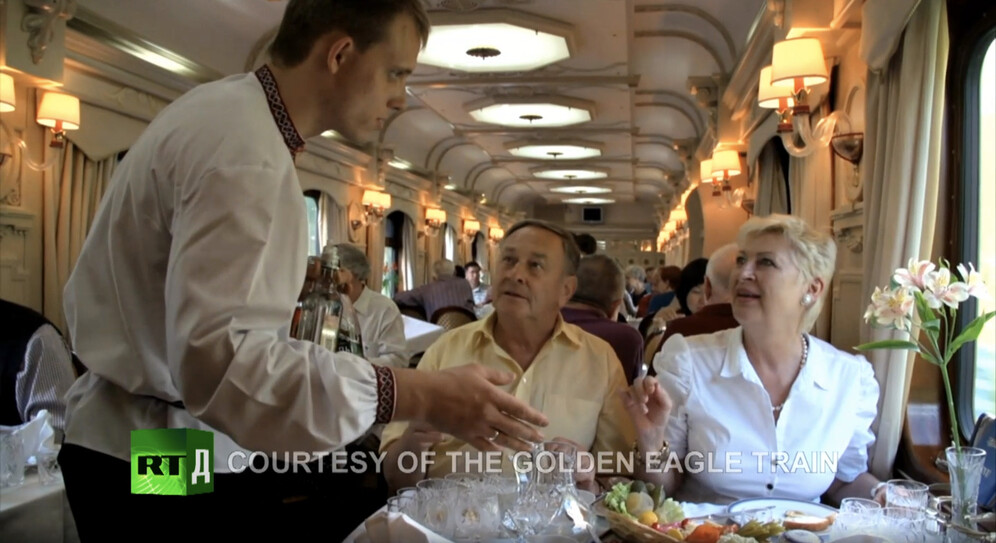
A Gold class compartment looks just excellent. The closet was roomy enough, the bed very comfortable, and a nice bathroom. And the first compartment room facilities make the Golden Eagle the only train in the world, where every compartment has a private bathroom with a shower.
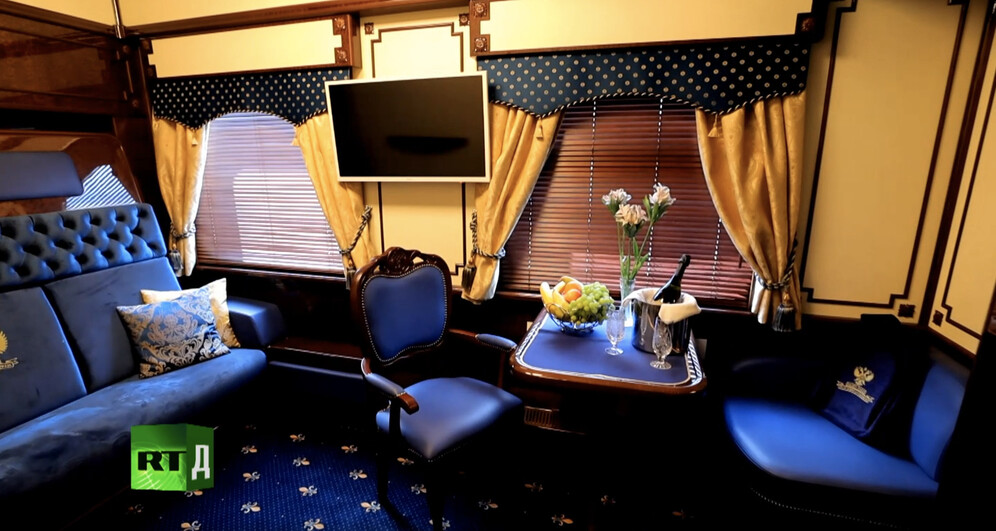
To see and learn more about Russian trains, tune in to the premiere of Erick's List: Trains on Thursday and join RT Documentary's Erick Fonseca Zàrate on his fantastic trip around Russia's railways!